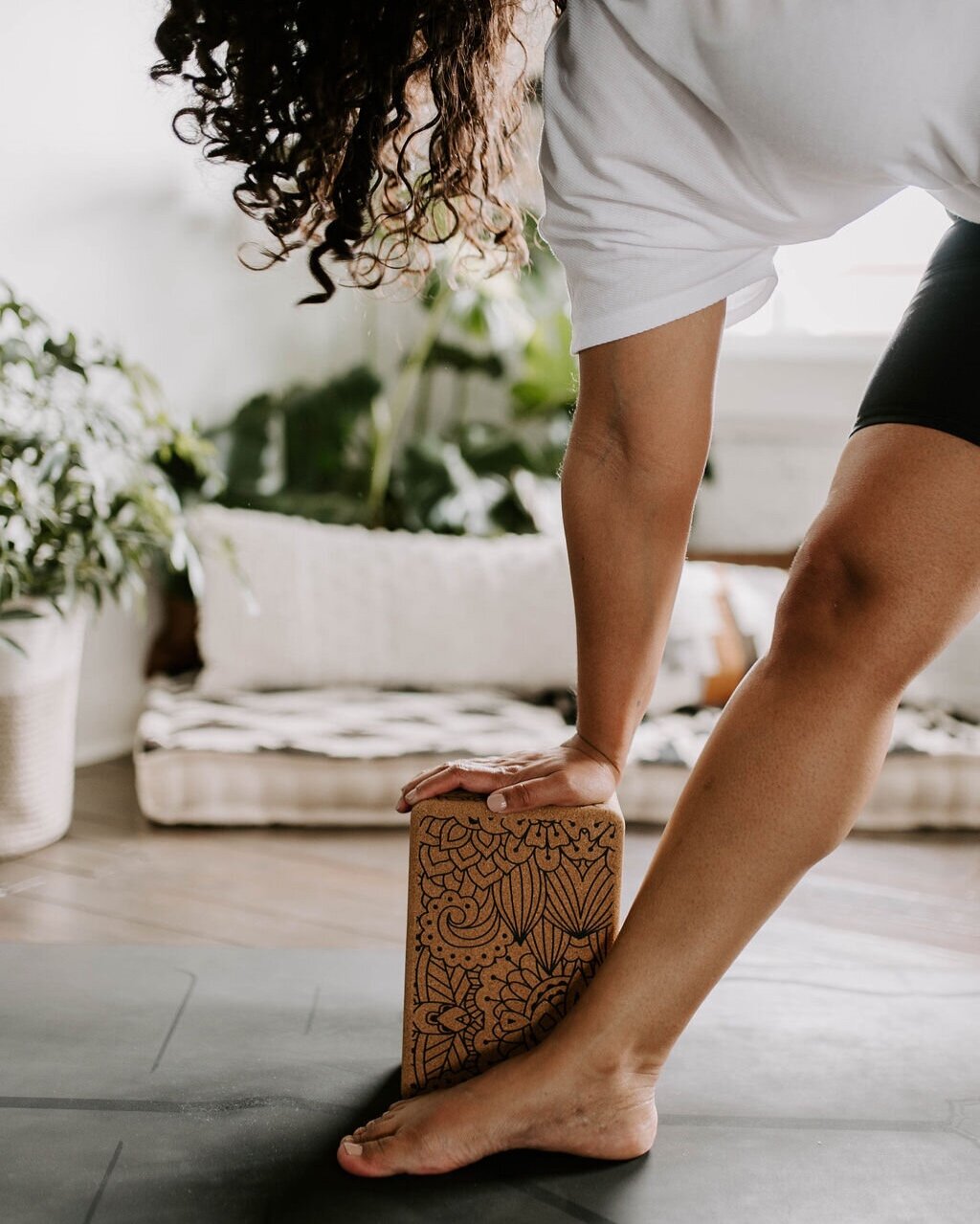7 YOGA TIPS FOR BEGINNERS
Learning something new can be like a rollercoaster of emotions, sometimes you’re up and other times you’re down. But the important thing is to enjoy the ride and usually, in the end, you’re ready to ride a bigger one.
I felt like riding a rollercoaster when I took my first Yoga class. I really enjoyed some parts, and I prayed for the end of the torture once or twice. But in the end, I felt so good that I needed to try again, and again, and again, and now Yoga is an important part of my life.
If you’re new to Yoga, I’m happy to share these tips with you that I hope will help you to enjoy the beginning of your own Yoga path.
Approach your class with a “Beginner’s Mind”. The Beginner’s Mind or Shoshin is a Zen Buddhist term that means dropping preconceived ideas and approach things with an open mind, curiosity, and without expectations. This principle can be applied to anything in life but in this particular case it can be useful to focus on doing your best, enjoying the time in your mat without judgments about your performance and remembering that your asana will improve with consistent practice.
Find a teacher. Especially at the beginning of your Yoga journey it is important to practice with a qualified teacher rather than from a video or Instagram post. Why? Because a teacher can guide you to develop a practice that suits your needs, can answer your questions, and help you to build the confidence that will allow you to practice on your own in a safe way.
Listen to your body. This could sound like a cliché but it’s an important thing to keep in mind. Everybody is different, we all have different levels of strength, flexibility, and range of motion and in a multilevel class, we can have cues for all of those levels. Go as far as it feels good on your body, remembering that Yoga shouldn’t hurt. Sharp pain or a change on your breathing patron, usually are indicators that you reached your limit and it’s time to come back to the previous level or come out of the pose.
Do not compare yourself with others. Especially if you are in a multilevel class, keep your eyes on your mat. Yoga is a practice, not a competition. If someone has been practicing longer than you, chances are that they can go deeper into their practice, so don’t waste your time comparing yourself with your neighbor and remember that practice makes progress.
Breathe. Conscious breathing is the key to any Yoga practice. The link between breath and movement is what makes Yoga, Yoga. Connecting with our breath helps us to bring attention to the present moment and a sense of serenity to the body and mind.
Do not skip Savasana. Savasana or corpse pose is your reward after 45, 50 or more minutes of physical work. It’s a time to rest, relaxing your body and absorbing the benefits of your practice. Physically, this pose can help to recalibrate the nervous system; stimulating the parasympathetic system (responsible for the rest and digest response) and calming the sympathetic system (responsible for the fight or flight response.) Yes, Savasana can be challenging at the beginning but those 6-10 minutes can change the tone of the rest of your day.
Find a good mat. A good mat doesn’t mean the most expensive one. You want a mat that doesn’t make your feet and hands slip and that provides enough cushion. At the same time, it’s important to pay attention to the material of your mat. Eco-friendly options like natural rubber, jute or cork are my favorite options. I know that you can borrow or rent a mat on your studio, but if you’re committed to a regular practice is best to have your own. Think about your mat like a toothbrush, you don’t want to share it. Am I right?
Remember: Enjoy the ride!
Much love,
Gaby


